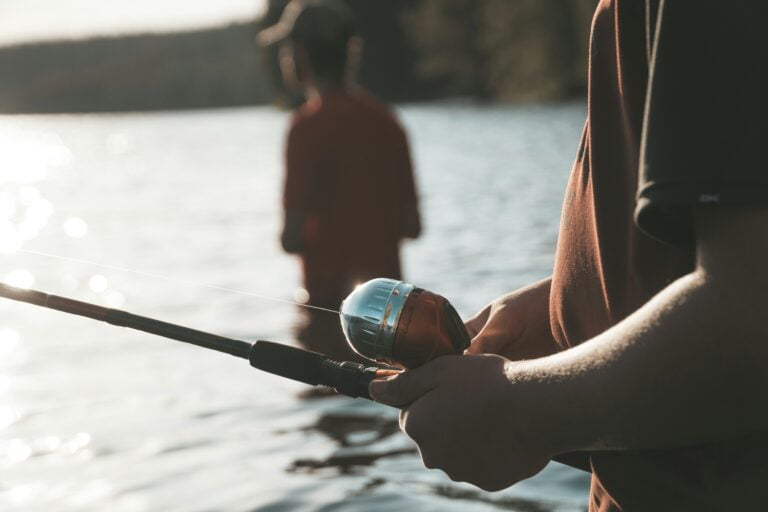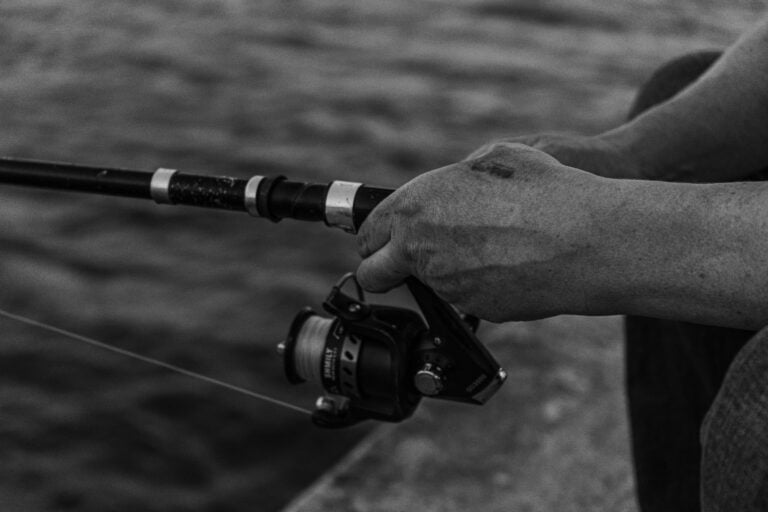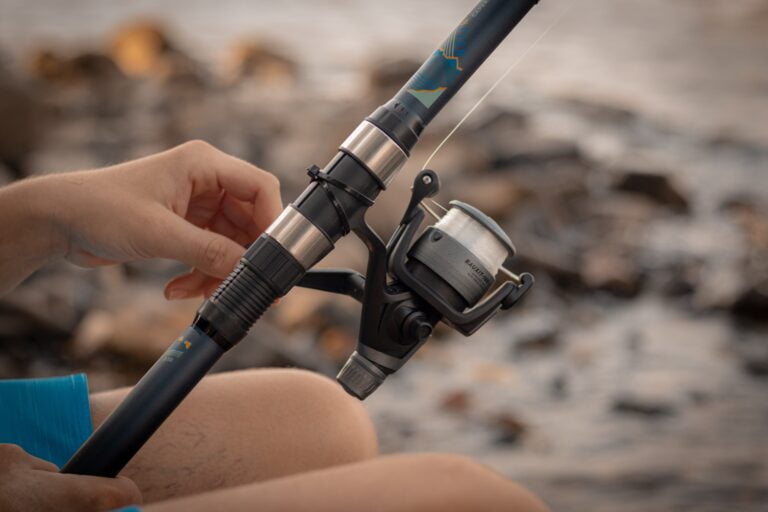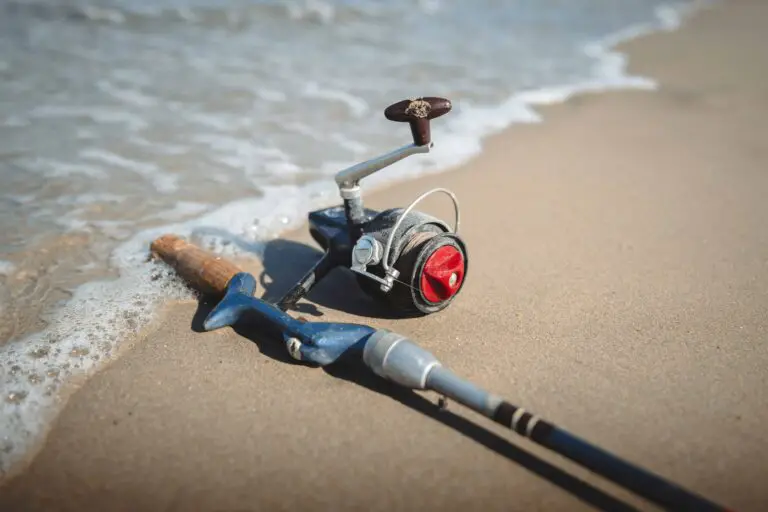What Saltwater Fish Bite At Night Ultimate Guide 2024
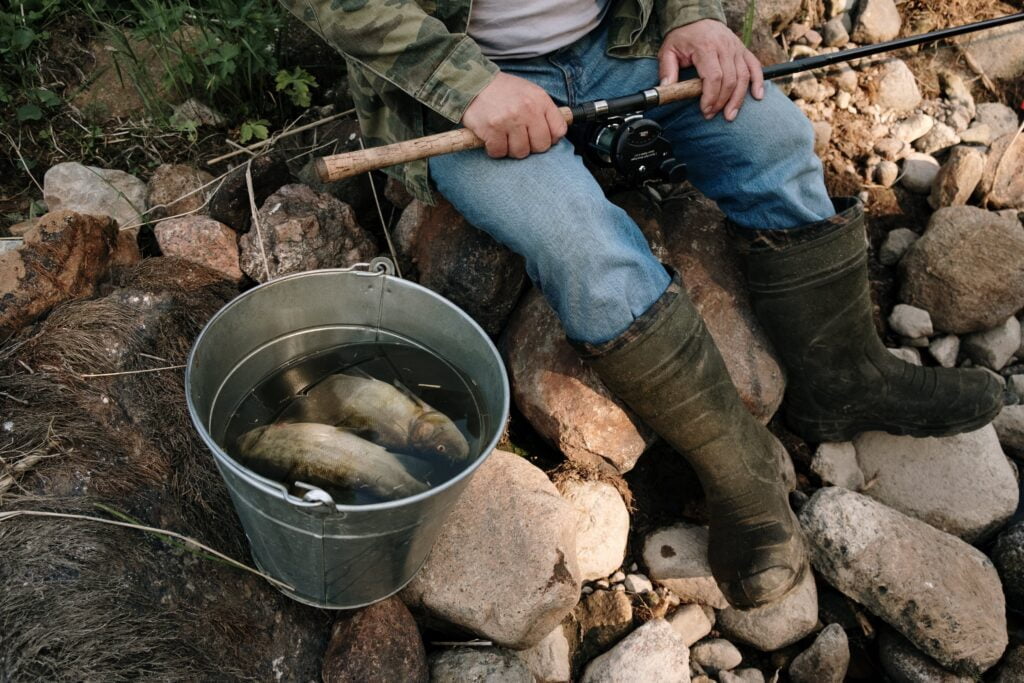
Understanding Nocturnal Feeding Behavior
Explain the idea of nocturnal feeding in saltwater fish
Nocturnal feeding behavior refers back to the herbal intuition of saltwater fish to turn out to be more active and feed for the duration of the midnight hours. This conduct is inspired by a mixture of organic factors and environmental conditions, which make the quilt of darkness a wonderful time for searching and foraging.
Many saltwater fish species have heightened sensory skills that permit them to navigate and find prey in low-middle conditions. For example, species like snook and tarpon have excellent nighttime vision, thanks to specialized variations in their eyes that enhance their capacity to stumble on motion and silhouette prey in competition with the dimly lit backdrop of the sea.
Furthermore, the decreased visibility at night offers predatory fish a tactical advantage over their prey. Under the duvet of darkness, unsuspecting baitfish and crustaceans can also be challenged out of hiding, making them more at risk of ambush by way of the use of nocturnal predators.
What Saltwater Fish Bite At Night Ultimate Guide 2024
Night fishing gives anglers a very precise experience of the water, providing the hazard of seizing fish, which may be most energetic at some point in the twilight hours. As the sun sets, the water cools down, and fish circulate the shallows to feed.
This is the ideal time for fishermen to take advantage of the calmer waters and heightened fishing opportunities. Here are some key points about saltwater fish biting behavior at night:
Advantages of Night Fishing
Many fish species are extra lively at some stage in the night, increasing the possibilities of fulfillment.
Night fishing is frequently much less crowded, allowing for an extra-non-violent revel.
Cooler temperatures at night may be more snug for anglers and fish.
Reduced visibility underwater means fish rely more on their sense of fragrance and sensitive lateral strains to stumble upon prey.
Fish species are extra lively at night
Bass: Largemouth and smallmouth bass keep to feed within the route of the night, in particular at some point in the hotter months.
Trout: Brown trout, especially, are recognized to feed more actively at night.
Catfish: Nocturnal by nature, catfish are enormously energetic at night.
Pike: While they will be more active at some point during twilight hours, pike may be caught at night with the use of the proper techniques and massive, extra-visible lures.
Saltwater Species: Tarpon, redfish, snook, sea bass, sharks, grouper, snapper, drums, croakers, redfish, mahi-mahi, or even swordfish
Effective Strategies for Night Fishing
Understand tidal moves and moon phases that may decorate feeding hobbies.
Use live bait to draw fish that depend on senses other than sight.
Consider the use of glow-in-the-darkish lures and underwater inexperienced lighting to attract fish.
Remember to check nearby tips and safety pointers before heading out for a nocturnal fishing journey!
Discuss factors that influence fish activity at night, such as moon phases, tides, and water temperature What Saltwater Fish Bite At Night
1. Moon Phases The levels of the moon play an outstanding role in influencing fish behavior at night. During the general moon, improved illumination ought to make it simpler for predatory fish to find, resulting in heightened feeding activity. Conversely, at some level within the cutting-edge moon, at the same time as lunar illumination is minimal, fish may additionally rely extra closely on their one-of-a-kind senses, which include fragrance and vibration, to discover prey.
2. Tides Tidal moves additionally affect fish interest at night, as changing water stages can have an impact on the distribution and movement of prey species. During incoming tides, nutrient-rich waters are often brought inshore, attracting baitfish and triggering feeding frenzies amongst predatory fish. Conversely, outgoing tides can also listen to baitfish in deeper channels and in round shapes, presenting high-looking opportunities for nocturnal predators.
3. Water temperature The temperature of the water will have an effect on the metabolic rate and feeding of different kinds of saltwater fish. In many coastal regions, water temperatures tend to chill slightly at night, which could stimulate feeding habits in certain species. Additionally, regions with temperature gradients, which include thermoclines, may also attract baitfish and predatory species looking for gold-standard thermal conditions.
Understanding those factors and their interplay is vital for anglers trying to capitalize on the nocturnal feeding behavior of saltwater fish. By timing their outings to coincide with the most useful situations and using strategic fishing techniques, anglers can maximize their possibilities of success while venturing into the darkness of the night ocean.
Target Species for Night Fishing
Night fishing in saltwater environments offers anglers the possibility to purpose severa types of predatory fish species which may be probably stated to be especially lively in a few unspecified time within the future within the middle of the night hours. Here are some famous saltwater species, normally famous through using anglers for center-of-the night time time time time fishing, on the problem of statistics on their desired habitats and feeding conduct:
1. Snook

Preferred Habitat Snook are usually placed in coastal estuaries, mangrove beaches, and round shapes together with docks and bridges. They are identified as searching out areas with moving water and ambush factors wherein they may be able to ambush prey.
Feeding Habits Snook are voracious predators that normally feed on small baitfish, shrimp, and crustaceans. They are mainly active at night time time time time, prowling the shallows and edges of mangroves, looking for prey.
2. Tarpon

Preferred Habitat Tarpon inhabit coastal waters, which embody bays, estuaries, and channels, in addition to nearshore and offshore environments. They are often decided spherical bridges, passes, and houses, in which they may be capable of get right get right of get right of access to to to prey and navigate tidal currents.
Feeding Habits Tarpon are opportunistic feeders that prey on an entire lot of baitfish, crustaceans, or probably small mammals. They are recognized for their acrobatic leaps on the equal time as being hooked, and they’ll be energetic feeders inside the path of the day and at night time time time.
3. Redfish
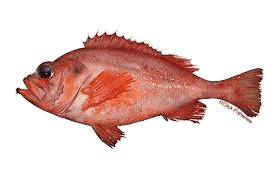
Preferred Habitat: Redfish are commonly positioned in shallow coastal waters, which encompass houses, marshes, and oyster bars. They are regularly determined in regions with seagrass beds and shell bottoms, in which they will root spherical for prey.
Feeding Habits: Redfish are bottom feeders that feed on crustaceans, shrimp, and small baitfish. They are recognized to feed aggressively in the end on the developing and falling tides, making them excessive desires for middle-of-the night anglers.
4. Speckled Trout
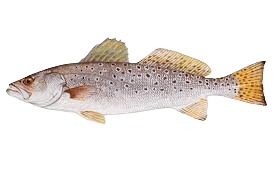
Preferred Habitat: Speckled trout are commonly placed in estuarine environments, together with grass homes, marshes, and shallow bays. They are regularly associated with structures that embody oyster reefs and submerged plants.
Feeding Habits Speckled trout are opportunistic feeders that often prey on small fish, shrimp, and crabs. They seem to be feeding actively in low-light situations, making them first-rate dreams for middle-of-the-night anglers.
5. Flounder
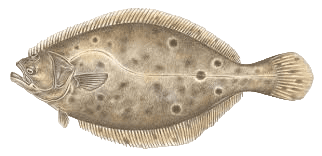
Preferred Habitat Flounder are bottom-living fish normally decided in coastal estuaries, channels, and nearshore waters. They are regularly determined to shape together with rocks, jetties, and docks.
Feeding Habits: Flounder are ambush predators that lie in count on prey to bypass thru, the use of earlier in choice to area a lightning-speedy pace. They feed basically on small fish and crustaceans, with their flattened frame allowing them to camouflage efficaciously on the sea floor.
6. Snapper

Preferred Habitat: Snapper are generally positioned in round reefs, wrecks, and one-of-a-type place of work artwork in nearshore and offshore waters. They are often associated with difficult situations in which they will find out a sturdy haven and ambush prey.
Feeding Habits: Snapper are opportunistic feeders that prey on an entire lot of small fish, crustaceans, and cephalopods. They are diagnosed as active feeders at night time time, particularly in round synthetic lighting wherein baitfish congregate.
7. Grouper

Preferred Habitat: Grouper are huge predatory fish generally positioned in rocky reefs, ledges, and wrecks in nearshore and offshore environments. They are frequently located in deeper waters, however they also can bypass into shallower areas to feed.
Feeding Habits: Grouper are ambush predators that feed on smaller fish, crustaceans, and octopuses. They are diagnosed as being specifically active at night time time time because of the use of their effective jaws to inhale prey in a unmarried gulp.
Understanding the well-known habitats and feeding behavior of these species is critical for anglers attempting to find to maximize their success at the same time as fishing at night time time time. By focusing on the proper species within the proper locations and using effective fishing techniques, anglers can increase their opportunities of catching a trophy beneath the cover of darkness.
Best Baits and Lures for Night Fishing
Night fishing in saltwater environments requires a careful desire for baits and lures to trap predatory fish in low-moderate conditions. Here are a few recommendations for powerful baits and lures to use on the identical time as fishing at night time time time:
Live Bait Options
1. Shrimp: Shrimp are a versatile and powerful live bait alternative for concentrating on a number of saltwater species at night. Rigged on a hook, either live or useless, shrimp can entice predatory fish with their herbal, heady scent and movement.
2. Mullet: Mullets are prized live baits for nocturnal fishing, in particular for species like snook, tarpon, and redfish. Mullet can be fished both live and rigged as reduced bait to mimic wounded prey and attract hungry predators to strike.
3.Pilchards: Pilchards, also known as scaled sardines or whitebait, are small training fish that make terrific stay bait for saltwater predators. Fished on a hook or unfastened-lined at the back of the boat, pilchards can cause aggressive moves from an extensive range of species.
Artificial Lures
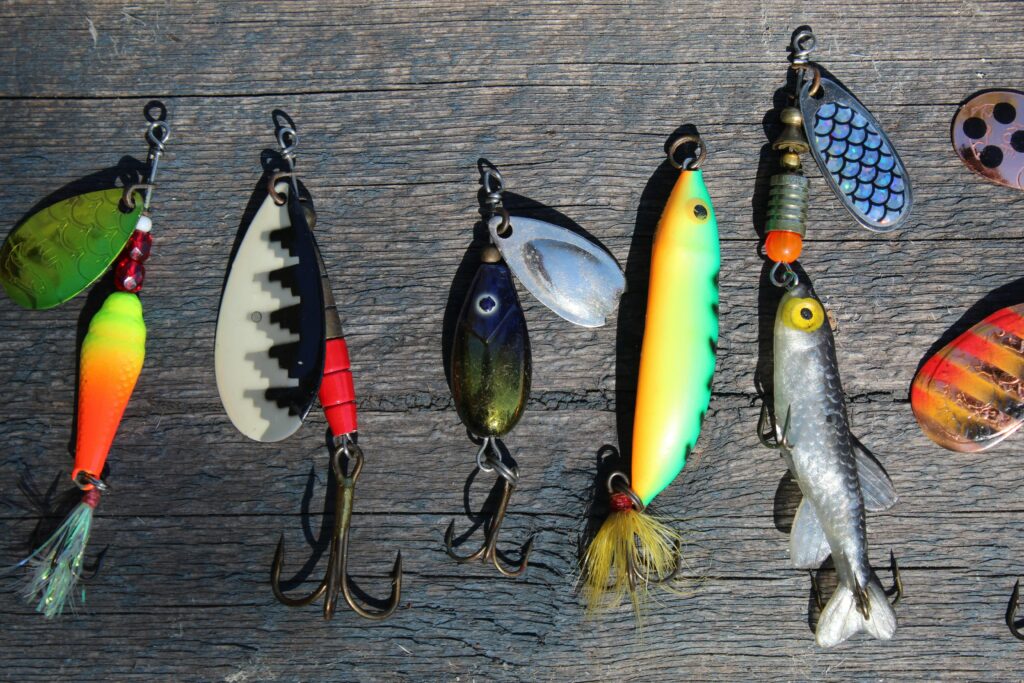
1. Topwater Plugs: Topwater plugs are distinctly powerful lures for nighttime fishing, generating exciting surface moves and explosive action. Surface-strolling plugs with rattles or propellers can mimic the actions of injured baitfish, drawing predatory fish to the floor.
2. Soft Plastics: Soft plastic lures, including swimbaits, jerkbaits, and paddle tails, are versatile alternatives for nighttime fishing. Rigged on a weighted jig head or weedless hook, gentle plastics can be labored slowly along the bottom or retrieved unevenly to mimic wounded prey.
3. Jigs Jigs are classic lures that excel at engaging strikes from saltwater predators at night. Bucktail jigs, feather jigs, and lead-head jigs may be tipped with strips of bait or gentle plastic trailers to beautify their beauty for fish.
How to Rig Baits/Lures for Optimal Presentation and Success
1. Live Bait Rigging: When fishing with stay bait at night time, it is vital to rig your bait in a manner that lets in for natural movement and presentation. Use a circle hook or J-hook sized efficiently for the baitfish being used, making sure that the hook is securely embedded without impairing the bait’s ability to swim freely.
2. Artificial Lure Rigging: Rigging artificial lures for middle-of-the-night fishing requires hobby within the element to maximize their effectiveness. For topwater plugs, make sure that the hooks are sharp and positioned on the maximum suitable hooksets. When the use of mild plastics, check notable rigging strategies, which consist of Texas rigging or Carolina rigging, to gather the famous movement and presentation.
3.Adjusting Presentation: Regardless of the bait or lure used, anglers want to alter their presentation based totally on water situations and the behavior of the focused species. Slow, methodical retrieves are often effective at night, permitting predatory fish to find out and strike the bait in the darkness. Pay interest to diffused symptoms and signs and symptoms of fish hobbies, which consist of ground boils or baitfish pursuits, and be prepared to differ your retrieve velocity and cadence because of this.
By choosing the proper baits and lures and rigging them for superior presentation, anglers can increase their opportunities of fulfillment even at the identical time as fishing at night time in saltwater environments. Experimentation and modeling are key to locating what works outstandingly under the cover of darkness, so do not be afraid to strive for brand new strategies and adjust your technique primarily based mostly on the situations available.
Tips for Successful Night Fishing
Fishing at night in saltwater environments gives precise worrying situations and possibilities for anglers. To enhance your opportunities for fulfillment beneath the duvet of darkness, bear in mind the subsequent realistic guidelines and strategies.
1. Choosing the Right Fishing Spot
Rely on neighborhood know-how and research to determine efficient fishing spots for nighttime angling.
Look for areas with structure, inclusive of mangroves, docks, bridges, and reefs, in which predatory fish are likely to congregate.
Pay attention to water depth, contemporary flow, and underwater functions that can appeal to baitfish and predatory species.
2. Using Stealth and Quiet Techniques
Move and operate your boat quietly to keep away from spooking fish in the area.
Minimize noise and useless disturbances onboard, together with slamming hatches or dropping gear.
Employ low-profile lighting fixtures and keep away from shining brilliant lights without delay onto the water, which may startle or disorient fish.
Adjusting Tactics Based on Moon Phase and Tidal Movement
Monitor moon stages and tidal charts to count on adjustments in fish conduct and feeding patterns.
During intervals of expanded lunar illumination, consciousness focuses on fishing in shallower areas with better visibility.
Experiment with distinctive fishing strategies and bait shows to conform to converting tidal currents and water conditions.
Being Patient and Observant:
Practice patience and attentiveness even when looking ahead to bites, as middle-of-the night fishing frequently requires longer periods of remark.
Use all of your senses to discover subtle signs and symptoms of fish activity, including splashes, swirls, or the sound of baitfish leaping.
Stay alert and ready to react quickly while a bite takes place, as predatory fish might also strike unexpectedly and aggressively within the darkness.
Practicing Proper Safety Precautions:
Prioritize safety while fishing in the dark with the aid of appropriate clothing and footwear with proper traction.
Equip your boat with vital protection gear, which includes life jackets, navigation lighting fixtures, and emergency signaling devices.
Maintain situational awareness and understand potential risks, such as submerged obstacles or changing climate conditions.
By following those guidelines and techniques, anglers can beautify their possibilities of fulfillment while venturing out for nighttime fishing adventures in saltwater environments. Remember to stay adaptable, stay patient, and revel in the unique pleasure of fishing underneath the celebs.
Personal Experiences and Stories
Night fishing in saltwater environments has supplied me with some of the most memorable and profitable studies of my angling journey. Here are some anecdotes and private testimonies from successful night fishing trips:
1. Memorable Catches
On a warm summer night off the coast of Florida, I hooked right into a huge tarpon while fishing below the glow of the whole moon. The powerful fish put up an epic battle, jumping excessively out of the water in an astounding show of strength and agility. After a thrilling combat that tested both my abilities and address, I in the end landed the trophy-sized tarpon—a moment I’ll by no means neglect.
2. Challenges Overcome
During a middle-of-the night fishing excursion in a faraway mangrove-lined estuary, I encountered tough situations, including strong tidal currents and thick vegetation. Despite the boundaries, I persevered and thoroughly navigated my way via the maze of channels and backwaters. My staying power paid off after I stumbled upon a hidden honey hole teeming with snook and redfish, resulting in a couple of hookups and an unforgettable night of angling success.
3. Lessons Learned
One valuable lesson I’ve discovered from my experiences with night fishing is the importance of adapting and adjusting to changing conditions. Whether it is experimenting with specific baits and lures or fine-tuning my presentation based on subtle cues from the surroundings, flexibility is fundamental to always locating fulfillment underneath the duvet of darkness.
4. Unexpected Encounters
On a moonlit night, while fishing off a secluded seashore, I came upon a curious pod of dolphins. As I forged my line into the surf, the playful dolphins approached, their glossy silhouettes gliding through the water. For a few magical moments, I located myself surrounded by these majestic creatures, their presence including a further layer of enchantment to an already unforgettable night at the water.
5.Bonding Moments
Some of my most cherished memories of nighttime fishing involve sharing the experience with friends and loved ones. Whether it is swapping testimonies around a campfire after a successful night on the water or cheering every different on as we reel in trophy catches, the camaraderie and camaraderie cast throughout midnight fishing adventures create lasting bonds and loved memories that endure lengthy after the closing solid is made.
Through these personal reviews and memories, I’ve gained a deeper appreciation for the magic and mystery of night fishing, in addition to the profound connections cast among anglers and the natural world. Each journey brings new challenges, triumphs, and lessons learned, enriching my ardor for the pursuit of saltwater adventure beneath the celebrities.
Conservation and Responsible Fishing Practices
Conservation and responsible fishing practices are important for retaining the fitness and sustainability of our marine ecosystems. As anglers, it’s our obligation to lower our effect on fish populations and their habitats while at the same time maximizing our enjoyment of the game. Here’s why conservation subjects count and how we are capable of making contributions to the protection of our precious marine assets:
Emphasizing Catch-and-Release Fishing
Catch-and-release fishing is an powerful device for containing fish populations, especially for inclined or overexploited species.
By releasing fish unhurt again into the water, anglers can help make certain that future generations may also need to have the possibility to revel in the fun of fishing.
Proper coping with techniques, together with minimizing dealing with time, the use of barbless hooks, and avoiding immoderate pressure on the fish, are important for maximizing the survival rate of released fish.
Following Local Regulations and Guidelines
Anglers ought to familiarize themselves with community fishing guidelines and pointers to ensure compliance with prison requirements and sustainable fishing practices.
Size and bag limits, seasonal closures, and constrained areas are designed to defend spawning shares, willing habitats, and endangered species.
By adhering to the pointers and suggestions, anglers can play a proactive role in defensive fish populations and promoting sustainable fisheries manage.
Promoting Environmental Stewardship
Environmental stewardship includes respecting and protecting marine habitats and ecosystems for destiny generations.
Anglers need to try to restrict their environmental footprint by properly doing away with trash and muddle, preserving the usage of lead sinkers and distinctively risky substances, and lowering their carbon footprint through sustainable practices.
Participating in conservation responsibilities, which encompass habitat recuperation responsibilities and seaside cleanups, allows anglers to contribute right now to the protection of marine environments and the species that inhabit them.
By embracing seize-and-release fishing, following community regulations, and promoting environmental stewardship, anglers need to make a sizable distinction inside the conservation of our marine assets. Together, we are able to ensure that future generations additionally have the possibility to enjoy the delight of fishing and the beauty of our oceans for years yet to come. Let’s do our aspect to guard and preserve the pinnacle-notch sort of lifestyles that inhabits our u . S . A ..astal waters.
Conclusion What Saltwater Fish Bite At Night
Night fishing in saltwater environments gives anglers a unique and exhilarating opportunity to connect to the sea’s nocturnal wonders. Throughout this blog post, we have explored the secrets to achievement while venturing into the darkness, from know-how about the nocturnal feeding behaviors of saltwater species to deciding on the right baits and lures and training accountable fishing practices.
By tapping into the appeal of the night, anglers can liberate a global feeling of excitement and journey beneath the waves. Whether it is the adrenaline rush of hooking right into a trophy tarpon under the glow of the moon or the quiet tranquility of casting strains within the stillness of the night, the rewards of nighttime fishing are boundless.
As you embark on your very own nocturnal angling adventures, keep in mind to pick your fishing spots accurately, rent stealthy methods to keep away from spooking fish, and adapt your strategies based totally on lunar levels and tidal movements. Be patient, observant, and respectful of the marine surroundings, and constantly prioritize the conservation of fish populations and their habitats.
So, seize your tackle box, p.C. A thermos of coffee, and assignment out into the darkness to enjoy the fun of nighttime fishing for yourself. Whether you’re casting from shore, wading within the shallows, or navigating the open waters by boat, the magic of the night ocean awaits. Tight strains and glad fishing!
FAQs
What fish bite at night in the ocean?
At night time in the ocean, sharks, rays, and lots of croakers are energetic and likely to chunk. Perch and rockfish are also normally stuck for the duration of midnight fishing. However, species like sheephead, rock wrasse, senorita, and some others have a tendency to sleep or bury themselves during the night time, making them much less probable to bite.
Do fish bite at 1 pm?
Fish are much more likely to chew for the duration of the overdue morning to afternoon, usually from nine:00 am to one:00 pm. However, it’s critical to keep away from excessive temperatures, as fish are more difficult to discover all through warm or bloodless days.
Is it easy to catch fish at night?
Night fishing may be efficient in case you use baits and lures that create vibrations to draw fish, as they rely on sonar senses in low light conditions. Consistently shifting the bait is fundamental to enticing bites from fish at night time.
Do saltwater fish bite at night?
Yes, many saltwater fish, in particular snappers, are lively feeders at night and are drawn to friend. Other fish are also likely to join within the feeding frenzy, making midnight fishing effective in saltwater environments.
Is night fishing safe?
Night fishing can be hazardous, particularly when alone, because of increased risks of disorientation, getting lost, and accidents.

